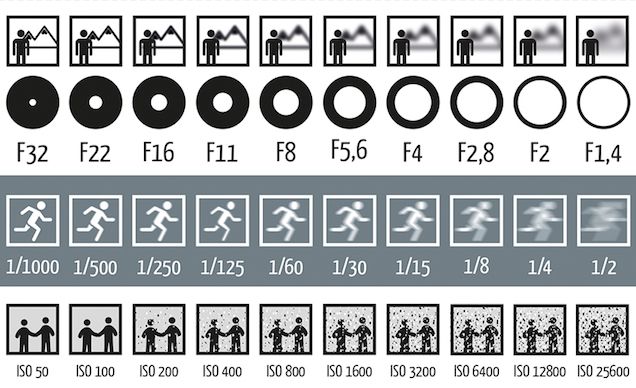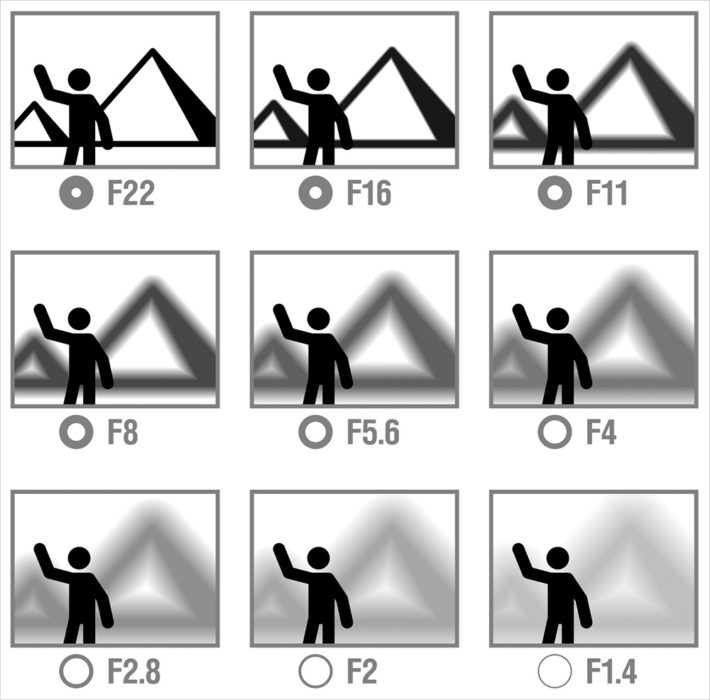What is Aperture? - Photography Basic
In this post I am going to answer the question what is aperture? I believe many new photographers are wondering about this terminology like I did when I was starting taking photography more serious than shooting everything in auto mode. Once you unterstand the basic principles of aperture you will regret that you didn't looked it up sooner - this I can promise you.
Aperture is often mixed up with f-stop, anyhow, both words have the exact same meanings. They describe how much light your lens will let on your imaging sensor. Now the confusing part comes - the LOWER the aperture number is, the more light it will let through and how higher the number is, the less light will get on your sensor.
In the photography business also often the speed of lenses is referenced when talking about aperture. A fast lense is a lense, that let more light through. Now, why exactly is that a fast lease then? For this you have to unterstand the dependency from shutter speed on the f-stop and vice versa. If you let more light on your sensor when you are shooting wide open (low f-stop number) you can shoot at higher shutter speeds. There is also a third component - the ISO - but about the ISO we will talk in an dedicated blog post.
Let's do a simple example - you have to shoot a moving subject in low light. Your current aperture is f4 and your shutter speed is around 1/30 of a second. Now, you will get a lot of motion blur because the shutter is much longer open to catch enough light to yield a perfect exposed picture. Imagine you got instead of a f4 lens a prime lens with an f1.4 aperture. With that wider open lens you can increase your shutter speed by 3 stops. So now your shutter speed is at 1/250 of a second when shooting at f1.4.

Of course you can also increase the ISO, but that will introduce more and more noise the higher the ISO value goes.
Another important thing when talking about aperture is depth of field. With an lower f-stop you can isolate the subject perfectly by adding the famous BOKEH to your image. The background, or the out of focus areas, gets blurred out and only the focussed parts are sharp.

Usually when you are shooting portraits the Bokeh can make a good image to an outstanding. Anyways, if you are shooting landscapes you want probably everything to be sharp so you will be around f8-f11.
Apart theory the best way to unterstand Aperture is simply to try it out and to look at the images to have taken with different f-stops. If you want to take a look at my instagram gallery just click here or go to my photography business homepage.
Let me know about your results and till then - happy shooting :-).

